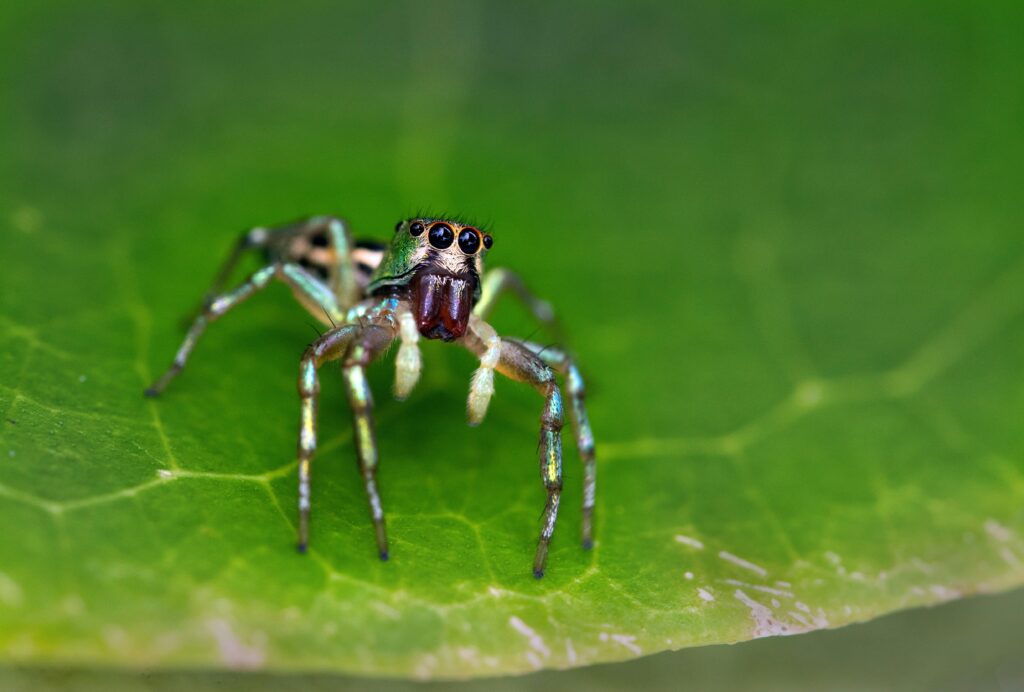For many people, the sight of a spider scurrying across the floor can trigger immediate panic and fear. Arachnophobia ranks among the most common phobias worldwide, affecting millions of individuals. Yet, there’s a fascinating truth that might ease your mind the next time you encounter an eight-legged visitor: most spiders are significantly more terrified of you than you are of them. This article explores the science behind spider behavior, their natural instincts, and why these often-misunderstood creatures deserve more appreciation than fear. By understanding spider psychology and biology, we can develop a more balanced perspective on these remarkable arachnids that play crucial roles in our ecosystems.
The Size Disparity: A Matter of Perspective
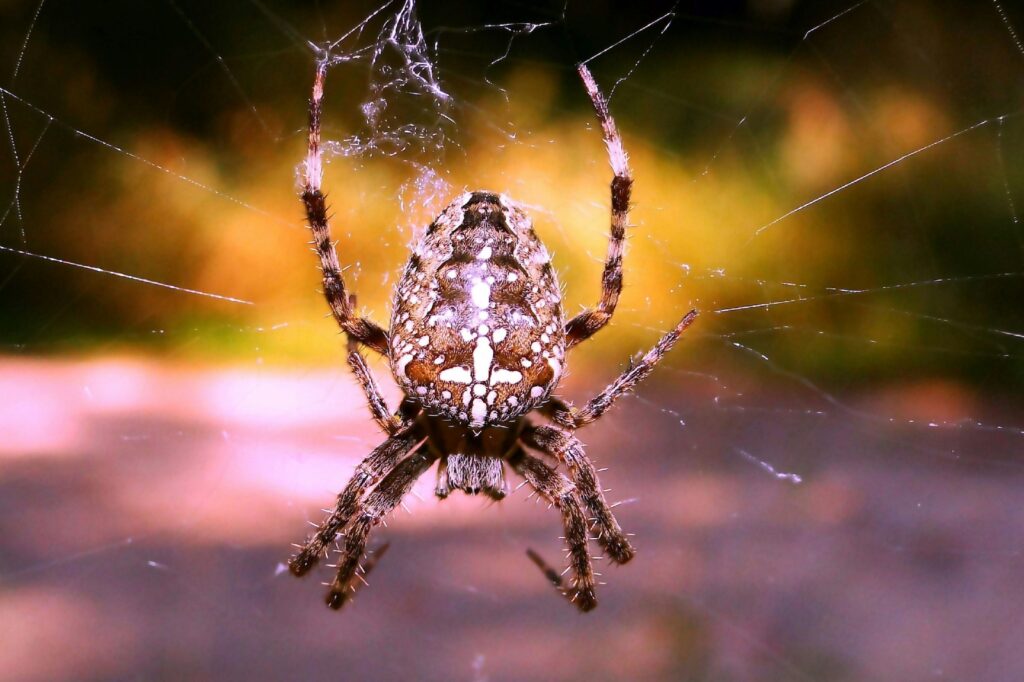
From a spider’s perspective, humans are enormous, towering giants that create thunderous vibrations with each step. Consider that most house spiders weigh less than a gram and measure only a few millimeters to centimeters in length, making humans literally thousands of times larger than they are. This extreme size difference means that to a spider, a human appears as a massive, potentially life-threatening presence. Their tiny sensory systems register our movements as seismic events, triggering their survival instincts. Imagine how you might feel if a creature the size of a skyscraper suddenly appeared in your living space – that’s essentially what spiders experience when we enter their territory.
Spiders’ Survival Instincts and Flight Response
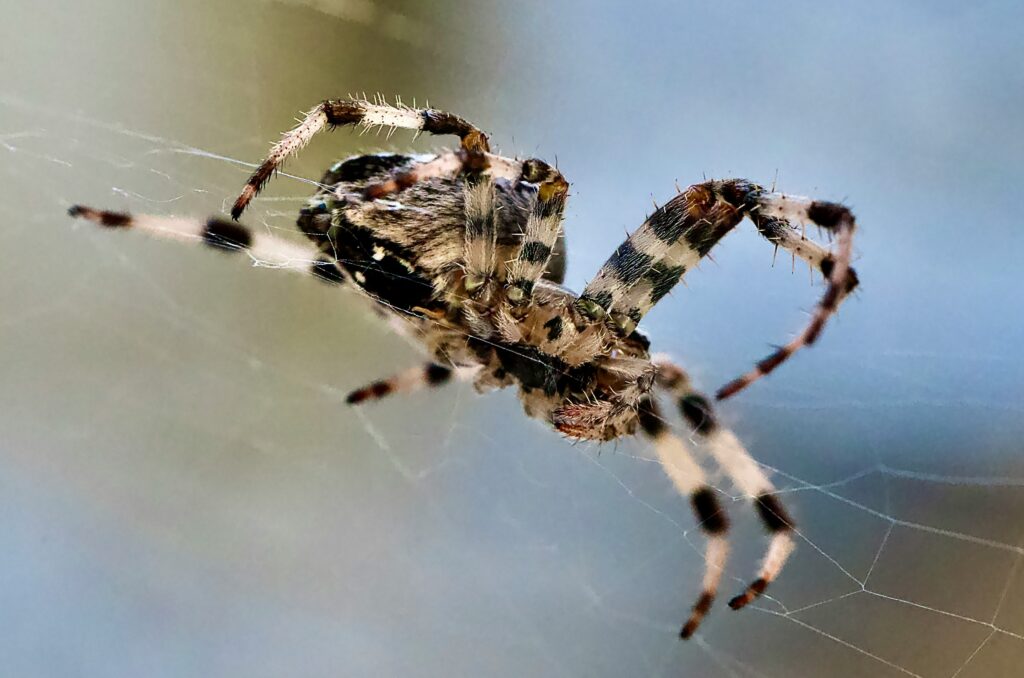
Spiders have evolved over 380 million years with finely-tuned survival instincts that prioritize avoiding larger threats rather than confronting them. When a spider detects human presence through vibrations or air movements, its primary response is to retreat or freeze – not to attack. Research has shown that spiders possess sophisticated mechanoreceptors on their legs that detect the slightest disturbances in their environment, allowing them to identify potential dangers well before visual confirmation. This early-warning system explains why spiders often disappear so quickly when you enter a room; they’ve sensed your approach long before you’ve seen them. Their natural programming is fundamentally defensive rather than aggressive, with their first instinct being to escape rather than engage.
The Energy Economics of Spider Behavior
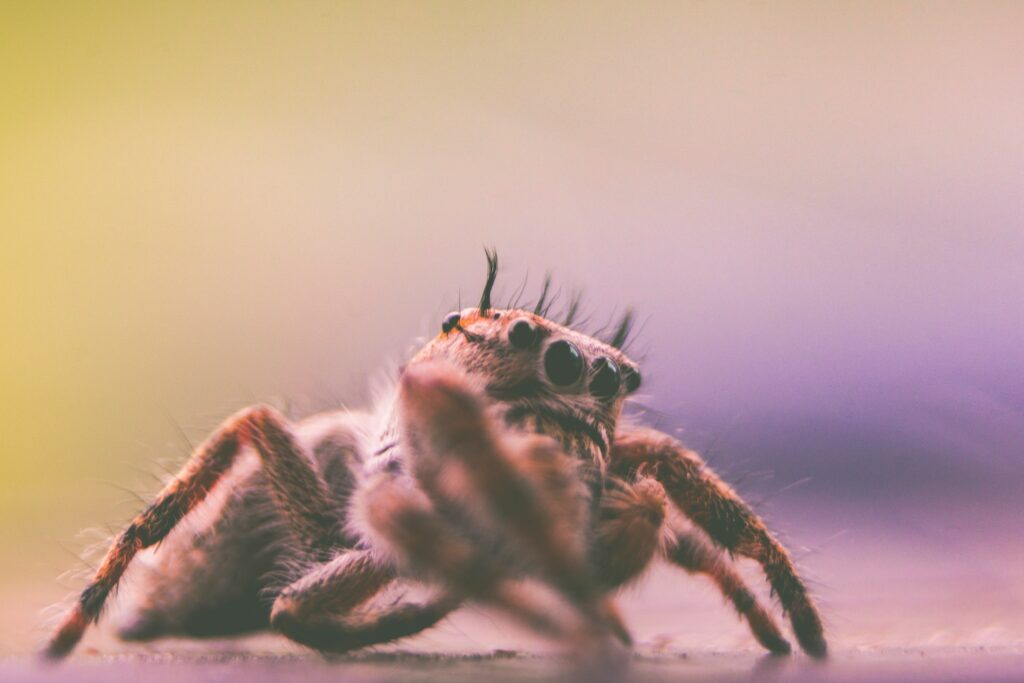
Spiders operate under strict energy conservation principles that make unprovoked aggression illogical from a biological standpoint. Hunting and venom production require significant metabolic resources, which spiders must carefully manage to survive. A spider that wastes venom on defensive bites against non-prey creatures (like humans) puts itself at a survival disadvantage when it needs that venom later for actual food acquisition. Studies of spider metabolism show they typically reserve their venom for prey that provides nutritional return on their energy investment. Additionally, many species can control the amount of venom they inject, often delivering “dry bites” (without venom) when forced to defend themselves against larger threats. This venom conservation strategy further demonstrates that spiders have no interest in meaningless confrontations with humans.
The Myth of Aggressive House Spiders

Despite popular misconceptions, the vast majority of house spiders display no aggressive tendencies toward humans and will only bite as an absolute last resort when directly threatened. Common household species like cellar spiders, jumping spiders, and house spiders prefer to retreat to safety rather than engage with humans. Arachnologists who have studied spider behavior extensively report that even when handling these creatures, bites are exceedingly rare without deliberate provocation. Most reported spider bites actually result from the spider being pressed against skin with nowhere to escape, such as when trapped in clothing or bedding. The scientific literature consistently shows that unprovoked spider attacks are virtually non-existent, with most species requiring significant harassment before they resort to defensive biting.
Spider Venom: Designed for Insects, Not Humans

Spider venom evolved specifically to subdue small insect prey, not as a defense against mammals like humans. The biochemical composition of most spider venoms is highly specialized to target insect nervous systems and physiology, making them remarkably effective against small invertebrates but largely ineffective against human biology. Of the more than 50,000 known spider species worldwide, fewer than 25 have venom capable of causing medically significant effects in humans. The vast majority of spider species either cannot penetrate human skin with their fangs or possess venom that causes no more harm than a mild bee sting. This biological reality underscores that spiders have not evolved to interact with humans at all – we simply aren’t relevant to their evolutionary history or ecological niche.
Sensory Differences: How Spiders Perceive the World
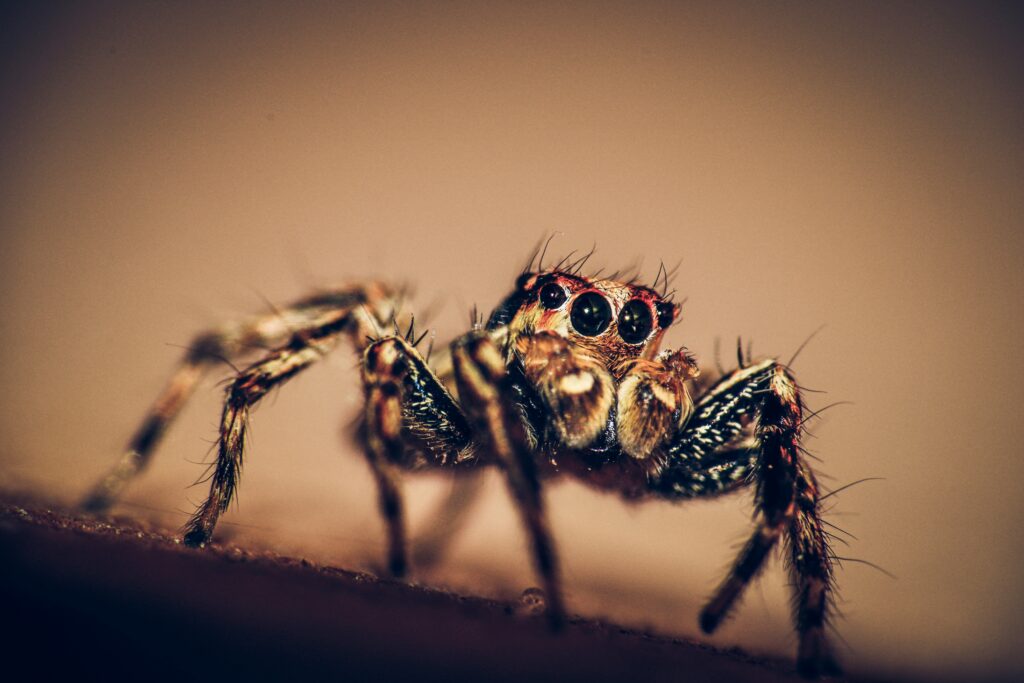
Spiders experience the world through a sensory system dramatically different from our own, which influences their reactions to human presence. Rather than relying primarily on vision (though some hunting spiders have excellent eyesight), most spiders depend on detecting vibrations through specialized organs called slit sensilla on their legs. These organs can detect the slightest movements in their environment, including air currents and substrate vibrations. When a human walks nearby, these sensilla register what must seem like earth-shaking tremors to the tiny arachnid. Many spiders also possess specialized hairs that detect air currents, allowing them to sense approaching objects before visual contact. This hypersensitivity to environmental disturbances explains why spiders often appear to “know” you’re coming before you’re anywhere near them – their world is defined more by vibration than by sight.
The Spider’s Brain: Hardwired for Caution
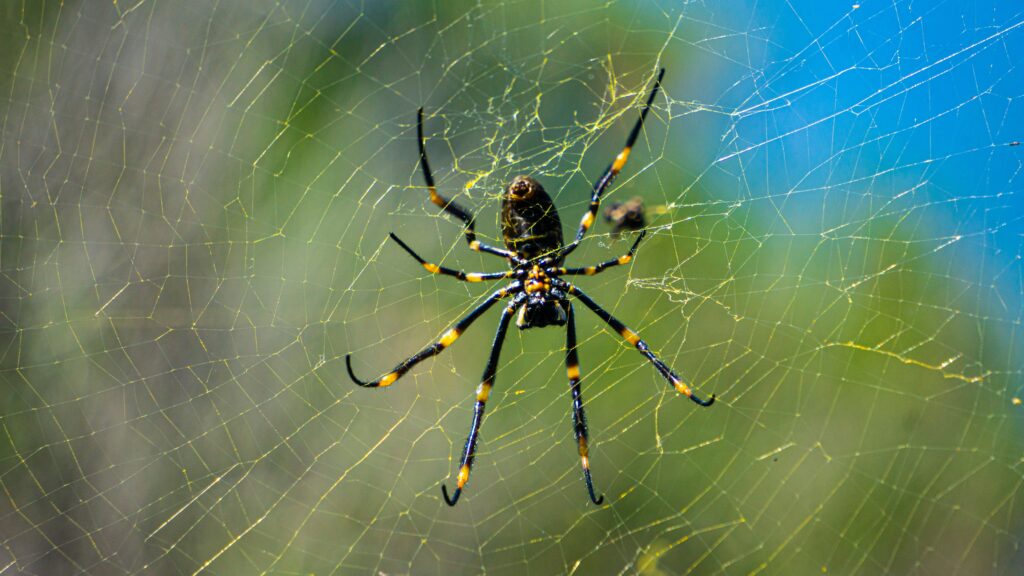
A spider’s neurological system is fundamentally designed to prioritize caution and avoidance of larger creatures. Despite having relatively simple brains compared to vertebrates, spiders possess sophisticated neural pathways dedicated to threat assessment and escape behaviors. Neurobiological research has shown that spider brains devote significant resources to processing sensory information related to potential threats, with neural circuits that trigger immediate escape responses when certain threshold stimuli are detected. These neural pathways create what scientists call “fixed action patterns” – essentially automatic behaviors that require no complex decision-making. For most spiders, the fixed action pattern for encountering large animals is simple: freeze, retreat, or drop from a silk line to safety. Their neural architecture simply doesn’t include programming for unprovoked aggression toward creatures that don’t register as potential prey.
Evolutionary History: No Reason to Target Humans
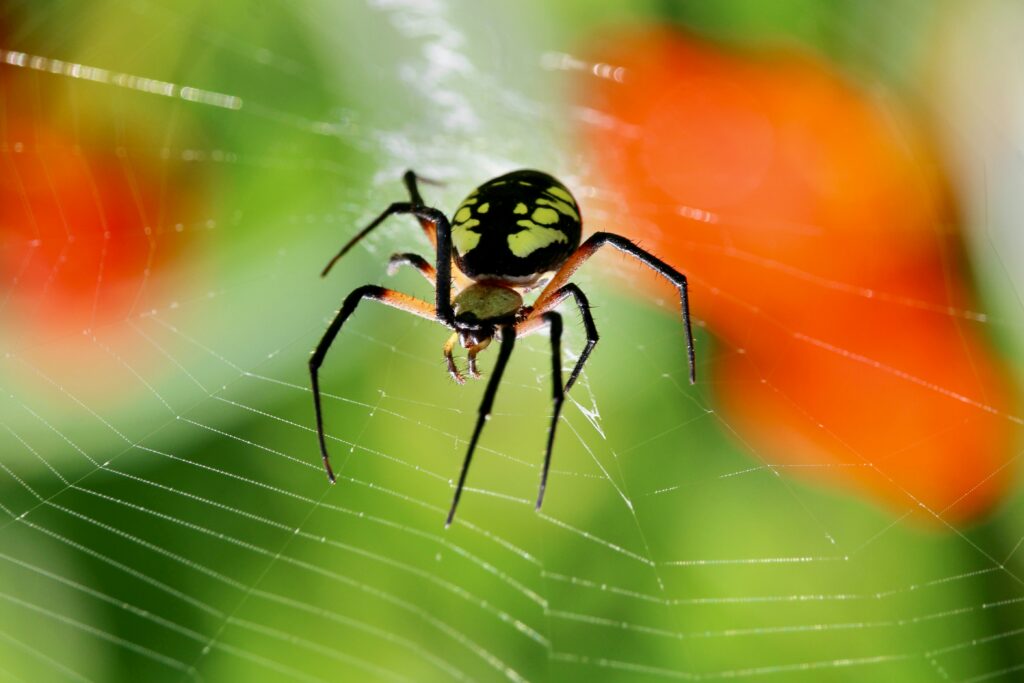
From an evolutionary perspective, spiders have no reason to develop aggressive behaviors toward humans, as we emerged far too recently in their evolutionary timeline to have influenced their behavioral adaptations. Spiders have existed for more than 380 million years, while modern humans (Homo sapiens) appeared only about 300,000 years ago – meaning spiders were already well-established with developed behavioral patterns long before encountering humans. Throughout their extensive evolutionary history, spiders evolved to deal with specific predators like birds, lizards, and other invertebrates – not primates walking on two legs. Their defensive strategies and behaviors were shaped by millions of years of interactions with these natural predators, not with humans. This evolutionary context explains why spiders show no innate interest in approaching or attacking humans; we simply don’t register in their ancient behavioral programming as either prey or specific threats requiring aggressive responses.
The Rare Exceptions: When Spiders Might Bite

While most spider encounters are harmless, there are specific circumstances under which a spider might resort to biting as a defensive measure. These situations almost invariably involve the spider feeling directly threatened with no escape route, such as being pressed against skin when hiding in clothing, shoes, or bedding. Female spiders guarding egg sacs may also display more defensive behaviors when their offspring are threatened, though even then, their first response is typically to carry the egg sac away from danger rather than attack. Spider bites have also been documented during home renovation activities when humans inadvertently disturb hidden spider habitats in walls or storage areas. Understanding these patterns helps explain why genuine spider bites are relatively rare events and almost never occur during casual encounters where the spider has room to escape. Even medically significant spiders like black widows and brown recluses strongly prefer retreat over confrontation when given the option.
Spider Communication and Social Signals

Spiders employ sophisticated communication systems that further demonstrate their natural tendency to avoid conflict rather than instigate it. Many species use vibrational signals transmitted through their webs or substrates to communicate territorial boundaries, mating availability, or potential threats. Research in spider behavior has revealed that these communication signals often include specific patterns that warn other spiders of danger, preventing unnecessary confrontations. When encountering larger animals or disturbances, certain spider species produce alarm signals that neighboring spiders can detect, creating a ripple effect of cautious behavior throughout a spider population. Even during mating – one of the few times spiders deliberately approach one another – males use specific vibrational patterns to identify themselves to females, essentially announcing “I’m not a threat” before approaching. These complex communication systems further illustrate that spiders have evolved elaborate mechanisms to avoid confrontation and unnecessary risk.
The Ecological Importance of Overcoming Spider Fear

Developing a more balanced perspective on spiders has significant ecological and practical benefits beyond simply reducing personal anxiety. Spiders serve as crucial natural pest controllers, collectively consuming hundreds of millions of tons of insects annually worldwide – many of which are agricultural pests or disease vectors. A single spider can consume hundreds of insects during its lifetime, providing free and chemical-free pest management in both natural ecosystems and human dwellings. Research has demonstrated that houses with healthy spider populations experience significantly fewer problems with cockroaches, flies, mosquitoes, and other troublesome insects. Additionally, spider venom contains compounds currently being studied for potential medical applications, including treatments for heart arrhythmia, stroke, and even certain types of cancer. By recognizing spiders as beneficial allies rather than threats, we can better appreciate their ecological role and potentially benefit from their unique biological adaptations.
Understanding Arachnophobia: When Fear Exceeds Reality

Arachnophobia affects between 3.5% and 6.1% of the global population, making it one of the most common specific phobias worldwide. Psychological research suggests this fear may have evolutionary roots, as early humans who avoided potentially venomous creatures gained survival advantages in certain environments. However, modern arachnophobia often extends far beyond reasonable caution, generating responses vastly disproportionate to the minimal threat most spiders pose. Cognitive-behavioral therapy approaches have proven highly effective in treating arachnophobia, often employing gradual exposure techniques that help individuals recalibrate their fear response based on factual information about spider behavior. Understanding the biological reality that most spiders are far more afraid of humans than vice versa provides a cognitive foundation for addressing irrational spider fears. Many former arachnophobes report that learning about spider behavior and biology was a crucial first step in overcoming their fear, as it allowed them to replace emotional reactions with rational assessment of the actual (minimal) risk that spiders present.
Peaceful Coexistence: Practical Tips for Living with Spiders

For those wishing to develop a more harmonious relationship with the spiders in their environment, several practical approaches can facilitate peaceful coexistence. When encountering a spider indoors, using the “cup and paper” method allows for safe relocation outside without harming the arachnid – simply place a cup over the spider, slide paper underneath, and release it outdoors. Maintaining some spider presence in less-trafficked areas of homes actually provides natural pest control benefits, as they will capture and consume flies, mosquitoes, and other unwanted insects. For those still uncomfortable with indoor spiders, preventative measures like sealing cracks around windows and doors, reducing clutter where spiders might hide, and installing door sweeps can minimize spider entry without requiring chemical interventions. Learning to identify the few species in your region that might pose medical concerns allows for appropriate caution while avoiding unnecessary fear of the harmless majority. With understanding and simple management approaches, humans and spiders can successfully share space, each benefiting from the other’s presence.

